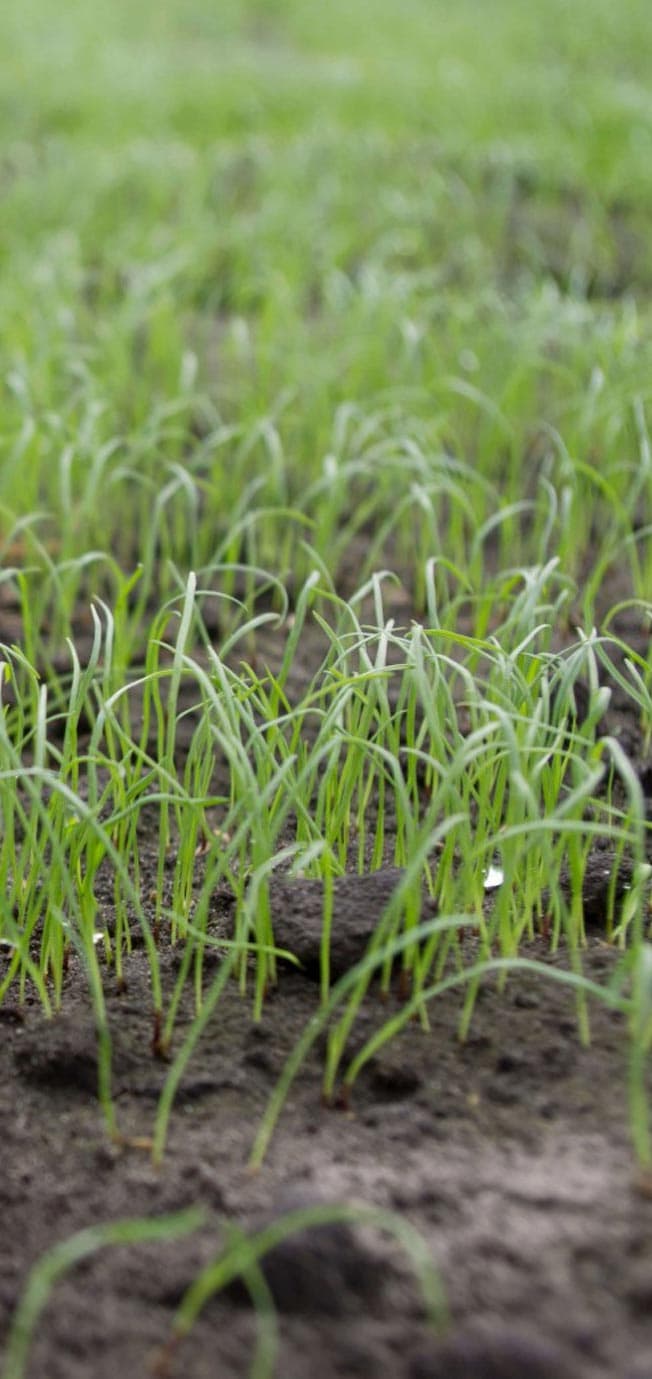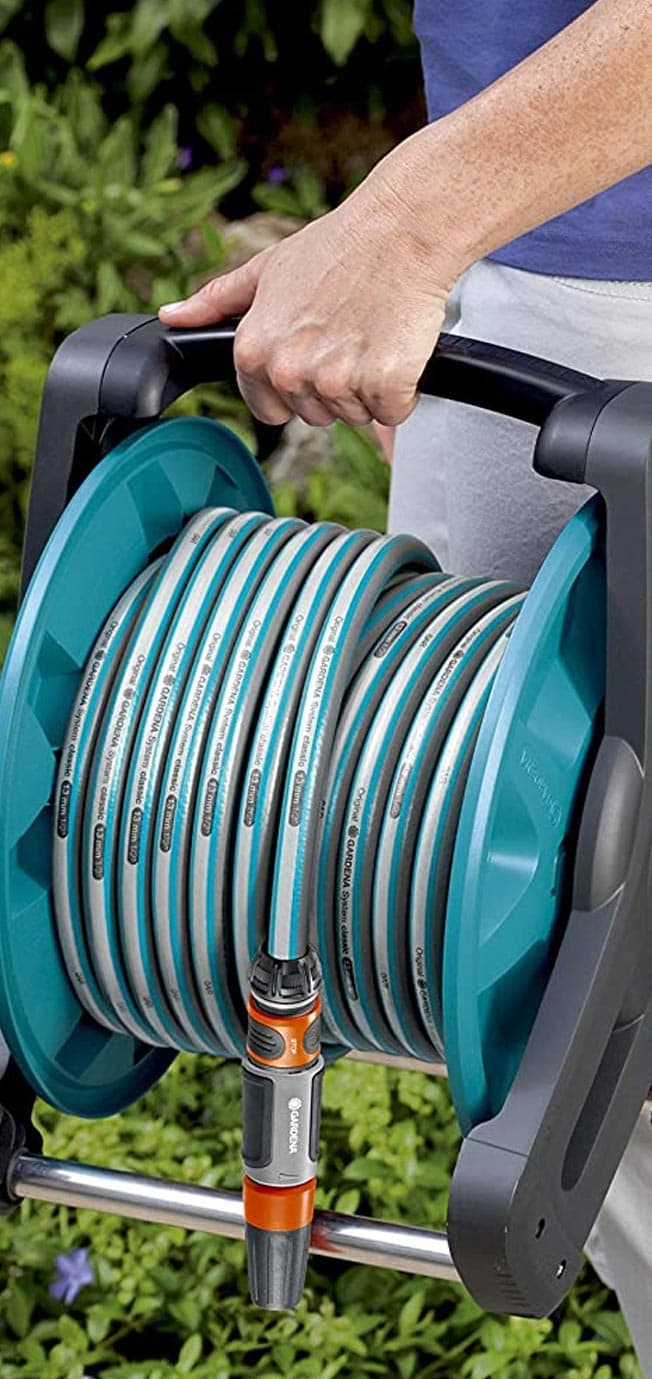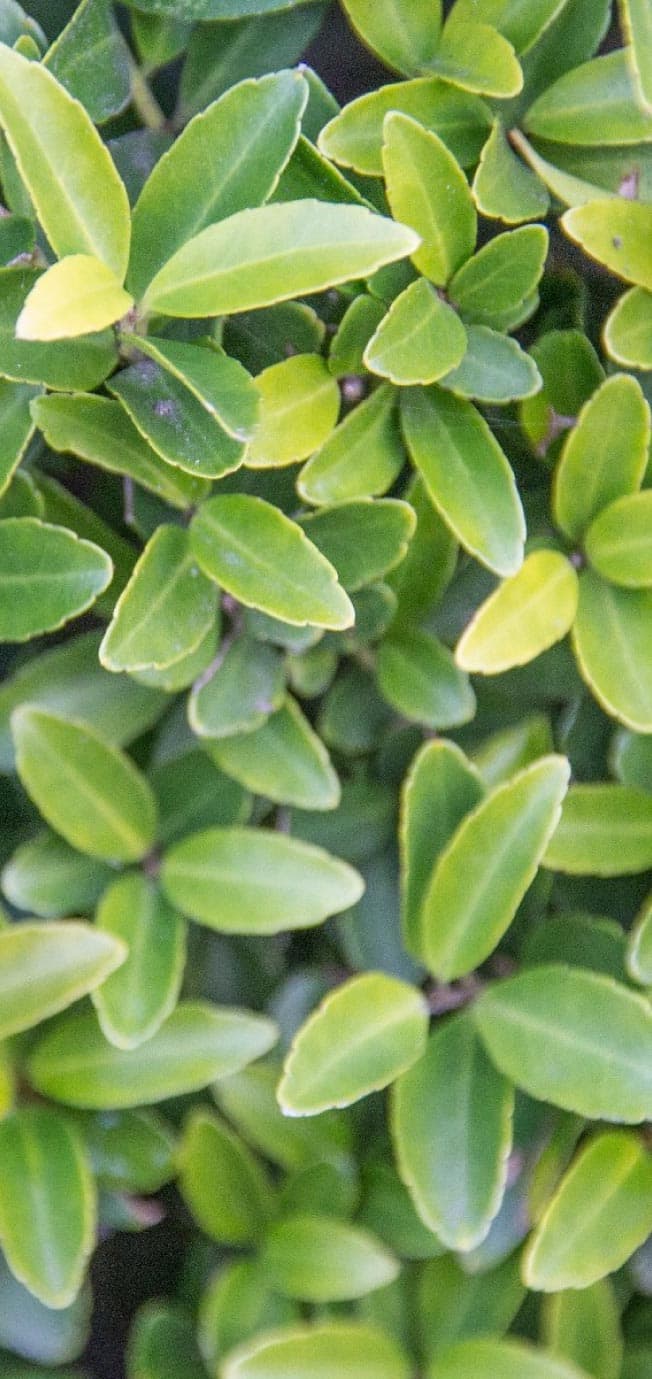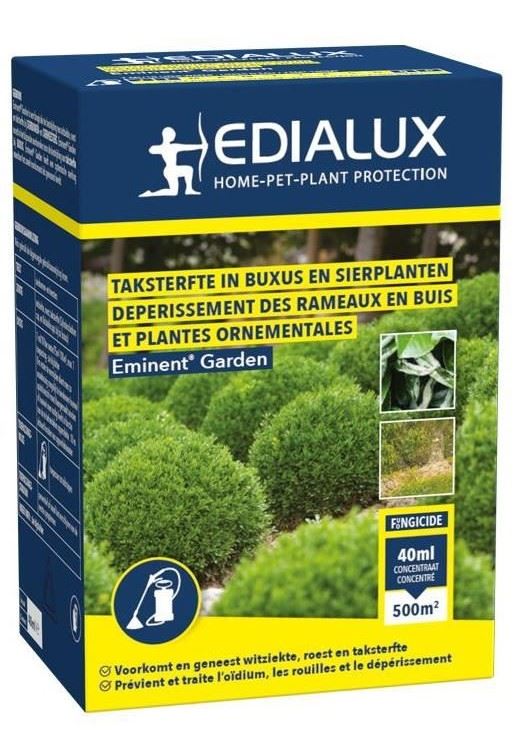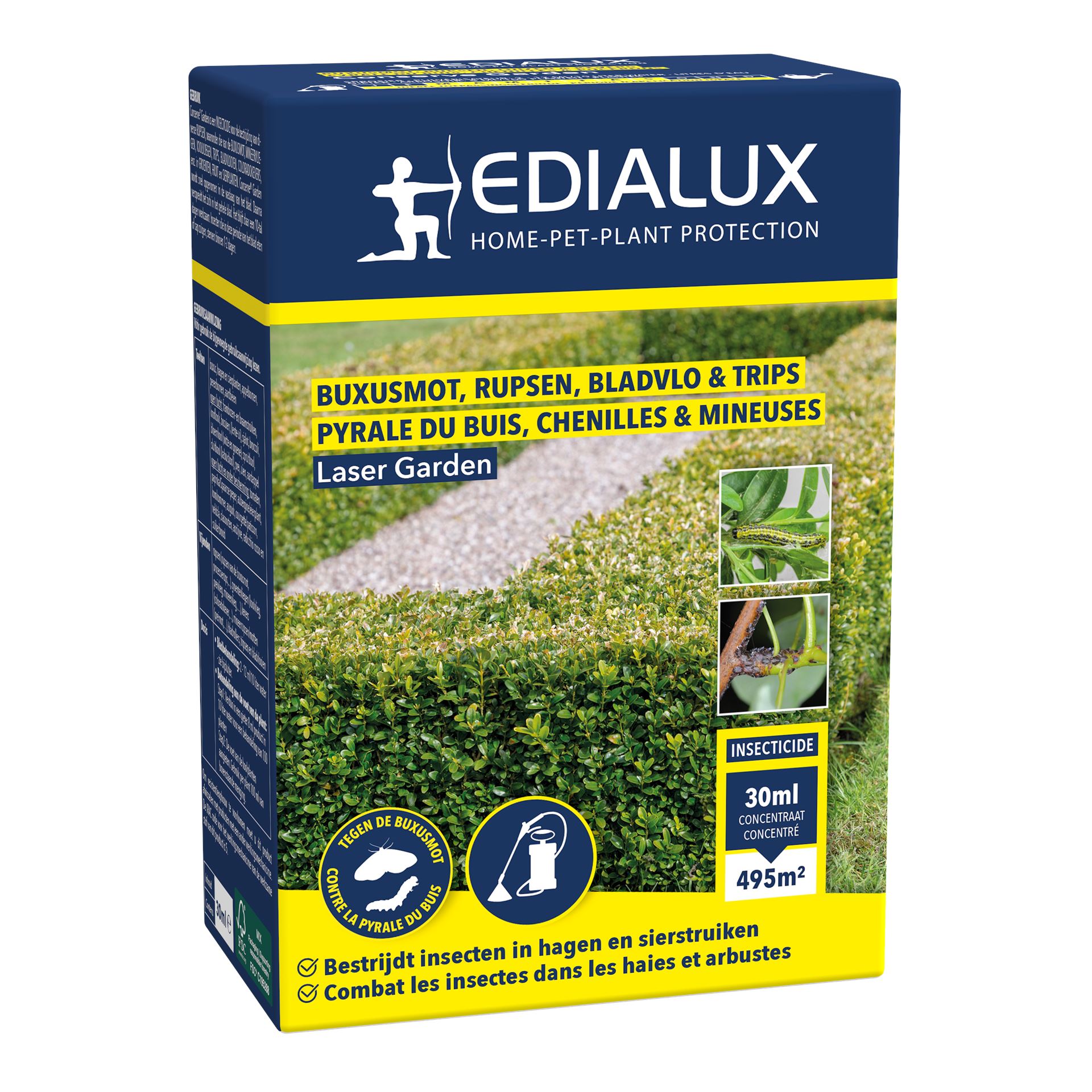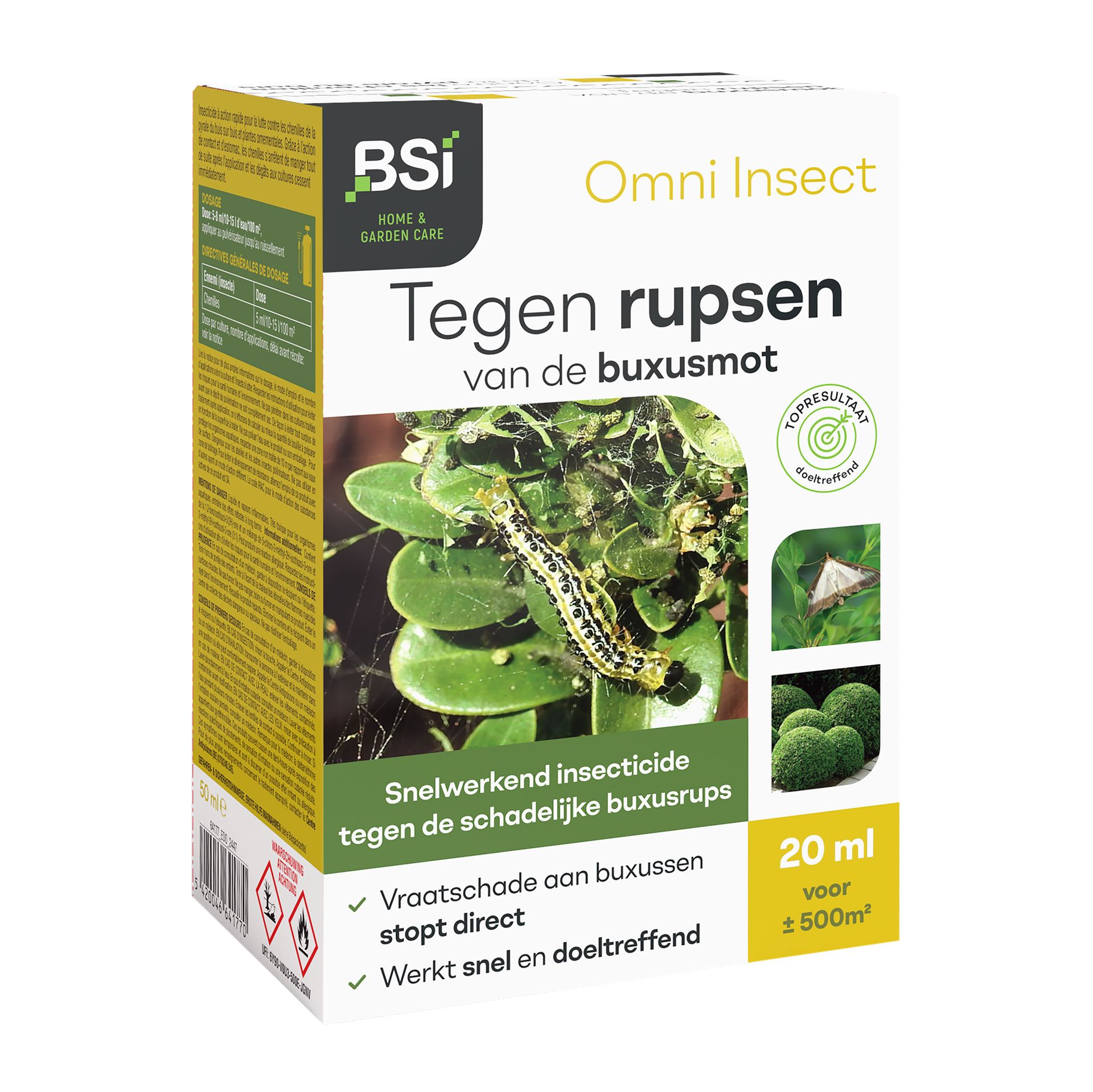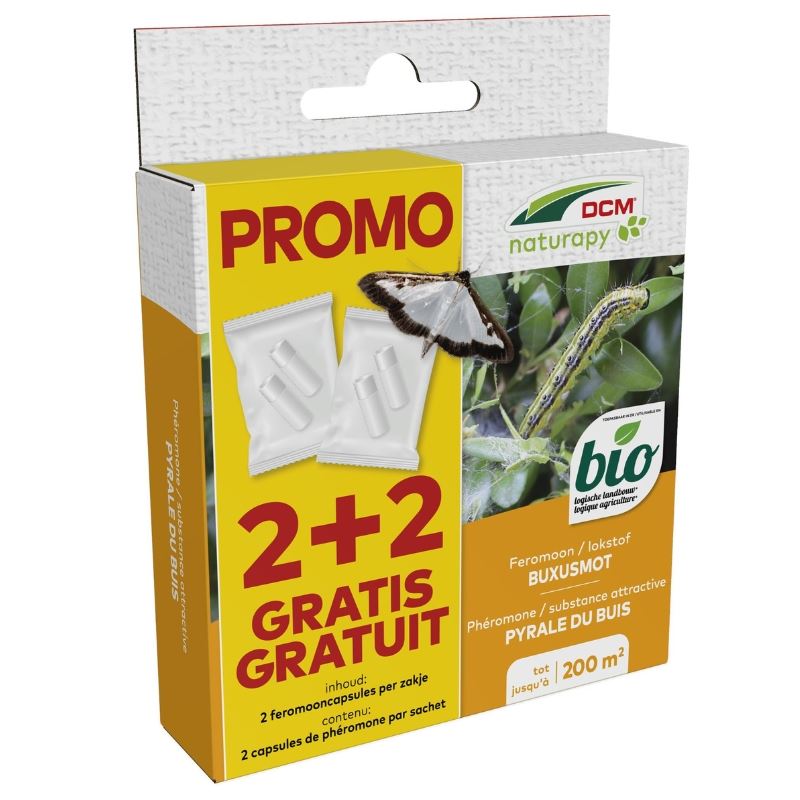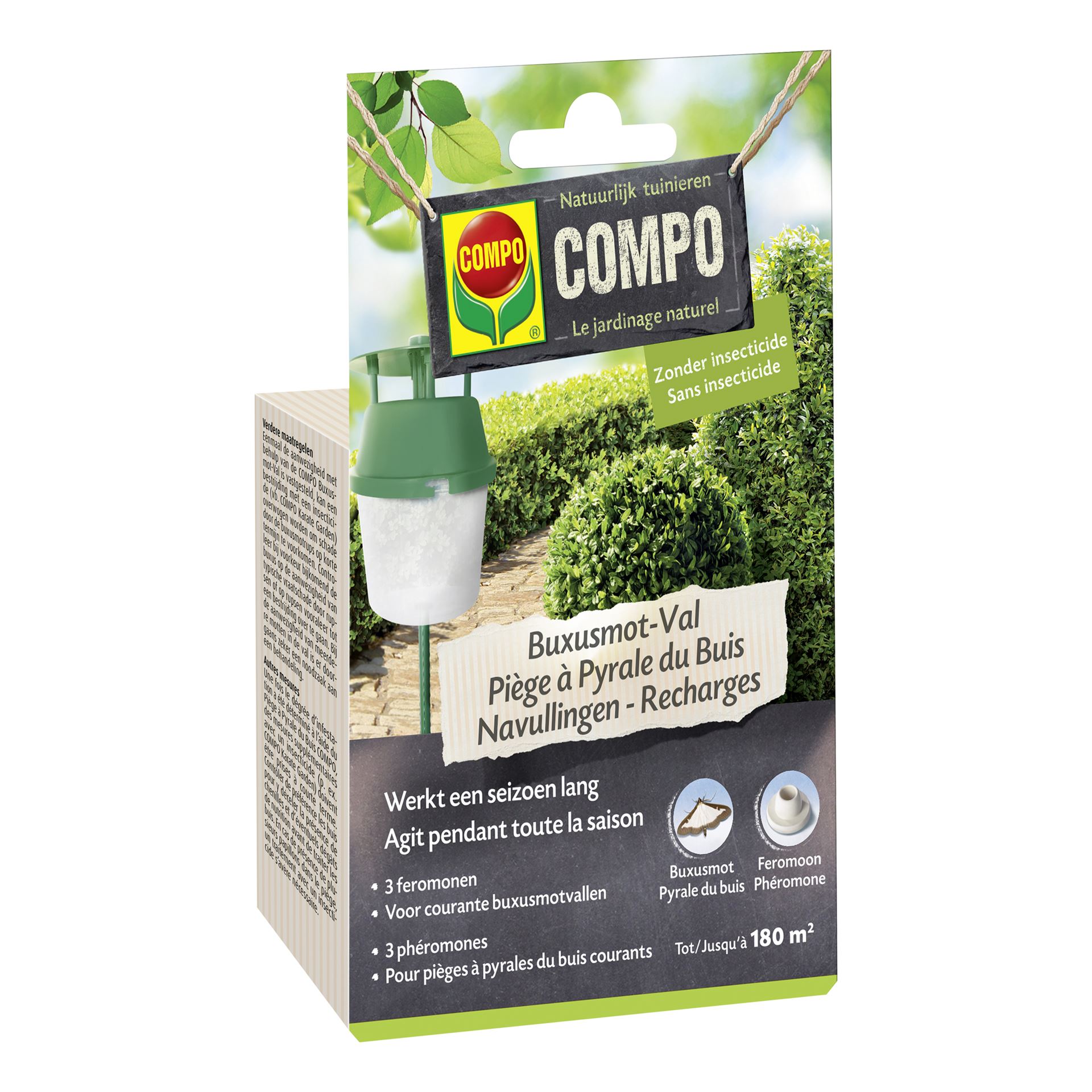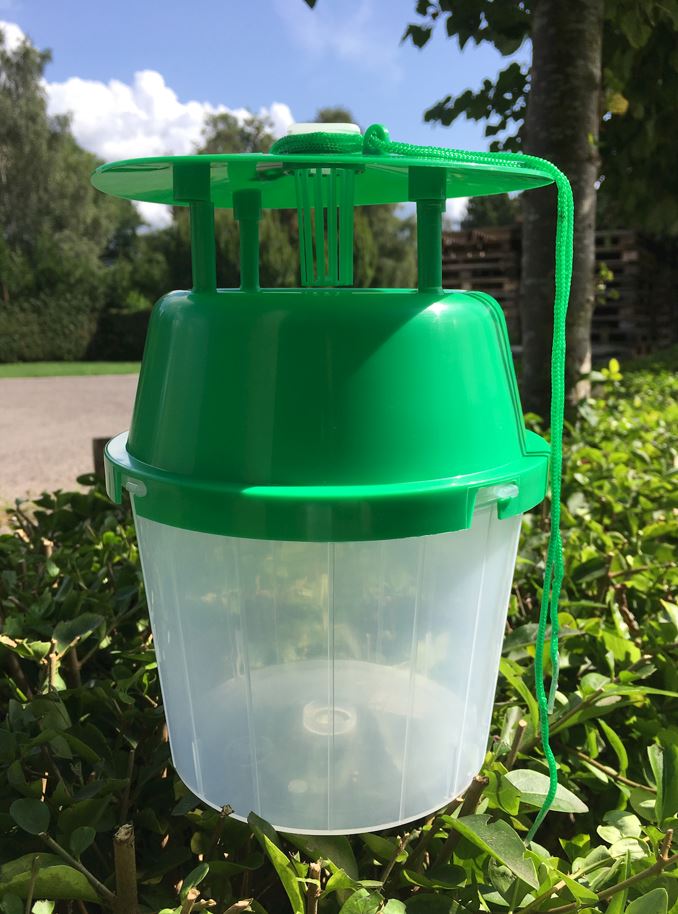
Suffering from the boxwood moth, caterpillars, spider mite or fungus in your boxwood?
It is impossible to imagine the Flemish garden without the boxwood plant. Not surprisingly, because we can use it to our advantage, as it can easily be pruned into all kinds of shapes and provides a green aspect to the garden, even in winter.
Due to the fact that there are so many boxwood plants in our gardens and that they do not always have the best location, they have also become more susceptible to all kinds of diseases and unwanted visitors. One of the latest and greatest threats is the boxwood moth, but various fungi are also on the lookout.
The boxwood moth
Cydalima perspectalis is a moth that has been on the rise in Flanders in recent years. The moths cause a lot of damage so many gardeners are at a loss what to do. The culprit has Asian roots but since 2010 it is unfortunately also found in our country. The moth measures about four cm. Their
caterpillars, which cause the most damage, are about two to four inches in size. You can recognize them by their bright green color with black stripes and dots. These caterpillars love the chlorophyll of the boxwood leaves and love to go to war in them. After a visit to the buxus they only leave behind a number of dried out, brown leaves and bare branches.
The butterfly is active from early spring, and is characterized by its white wings with dark brown edges. The Boxwood Moth causes the most damage in the months of May/June and August/September. It is therefore important to check your boxwood regularly in order to intervene in time and limit the damage. Has a boxwood moth found its way into your garden? Then you can fight it in different ways.
How to combat boxwood moth?
🦋 For light damage, the caterpillars can
be removed by hand. However, this is a time-consuming and labor-intensive job, and you must follow up regularly.
🦋 Another option is to use a
chemical pesticide against caterpillars. For example, a very good agent is For insect. This is a systemic agent which means that the active ingredient is absorbed by the buxus plant, and insects that eat from the plant will die. It has an effect of three to four weeks.
🦋 Those who prefer an ecological approach can use a
Spinosad-based or Pyrethrum-based pesticide.
- The active ingredient Spinosad is in the ecological pesticide Conserve garden. It has a slight systemic effect. The insects are first killed by contact with the agent and later by ingestion through food. The agent can also be used on fruit and vegetable plants. Conserve garden is also safer for many beneficial insects such as the ladybug.
- The active ingredient Pyrethrum is sold as the ecological pesticide Bio-Pyretrex. It is a plant agent extracted from a chrysanthemum species, and can also be used on your fruit and vegetable plants. You see immediate results: within seconds to minutes the insect dies. This product does not work systemically but only via contact with the insect.
🦋 Pheromone traps can bring down the number of caterpillars. The males will be attracted by the pheromones. When they fly into the trap, they get caught and will die after a few days. However, this is not a conclusive solution since males have mated before entering the trap. You can repeat this treatment throughout the season to keep the infection pressure low. One pheromone capsule usually works for about a four to six week period. Since the boxwood moth flies out from June to mid-October, you should therefore replace the capsules about four times. Hang out the pheromone trap in mid-May so that you don't miss the first flight of the boxwood moths!
Maybe you are already familiar with pheromone capsules but pheromone gel is new to you. Edialux released a new & patented gel with pheromones this year called Fero-Box . Because the pheromones are enveloped in gel, they are released slowly and the pheromones cannot escape prematurely.
🦋 Preparations based on
Bacillus thuringiensis (Bt) can also provide a solution. After administering the preparation to the plant, digestive problems occur for the caterpillars. They will stop eating the leaves, and then die. However, you should be careful with this as it is harmful for all caterpillars originating from butterflies. Because of its specific preservation and use method, this product is not freely available to individuals. Check with your garden contractor. This method of control should be applied several times a year to keep your buxus caterpillar free.
🦋 As the season progresses and the caterpillars pupate, the only way to control them is to
cut them away. Here it is important that you dispose of the trimmings, with the pupae and caterpillars in them, with the residual waste in a tightly closed bag so that the caterpillars cannot find their way back to your boxwood.
Our conclusion:
The boxwood moth does not disappear on its own. It usually starts with a small infestation in the spring. In winter you will not notice any damage, but by summer your entire box can be infested.
So regularly control, treatment and good follow-up (and repetition) is the message! Always keep enough distance from flowering plants when using both chemical and biological insecticides because they are very harmful to bees and other beneficial insects!

Tip from Marcel
In case of a very serious infestation, you can combine a contact agent ( Insecticide 10ME) and systematic product in one and the same treatment. This way, the caterpillars you hit when spraying will die immediately, and the ones you don't hit will die later because they eat the boxwood. Is your hedge not looking so nice because of the infestation of the caterpillars (yellow, spots...)? Then foliar feeding can give it a boost.
Fungal diseases & spider mite
-
It is not only the exotic boxwood moth that attacks boxwood, spider mites can also cause considerable damage to the plant during hot summers. The leaves will appear silvery because the red-coloured spiders make many small holes. Up to eight generations of spiders can attack the plant each year. Boxwood that grows in the shade will be largely spared. Do you suffer from spider mite? Then the ecological Vernotex garden, for example, is a possible solution. Or you can treat them with their natural enemy: the predatory mite.
- The fungus
Cylindrocladium buxicoli has also been a threat to boxwood for many years. The first symptoms are brown-red spots on the leaves and black stripes on the stems. Then the branches lose most of their leaves and dry out. After a few days the plant will die completely. This fungus strikes quickly and mercilessly. The message is to act as quickly as possible. The product Eminent Garden can be used to combat this fungus efficiently.
- Another fungus that plagues the boxwood plant is
Volutella buxi, also known as black branch death. At first dark brown to black spots will appear on the leaves and stems. Subsequently, the leaves will dry out but not fall off immediately. In moist periods, white to pink flakes of mould will be visible at the bottom of the leaves. In this case, it is best to treat the affected buxus with Sporgon garden.
- To give both moulds no chance, tackle them preventively. Take care of a good location. Buxus likes a moist spot in the half-shadow and a soil with a slightly higher pH. Give your plants compost and lime on a regular basis. If necessary, dolomite can be sprinkled around the plants. If the boxwood does show signs of attack, Difcor garden can be used. This product treats both fungi and has a preventive and healing effect.
The good news is that buxus has a strong recovery capacity, and with the right treatments will regain healthy and green leaves after a while. We hope that it does not have to come to this, but are you tired of constantly having to treat your boxwood because, for example, the boxwood moth is not being controlled by your neighbours? Then you can also choose a more drastic solution and replace your boxwood with an alternative.
In this article we make some suggestions!
Would you like to read more about the box tree? 👇
More info? Receive all our gardening tips directly in your mailbox!
We'll only email you handy facts, green advice and our best promotions & discounts. You'll receive it about once a week and you can unsubscribe at any time. No spam, promise 🤞

